- HUMOR
55 Moon Jokes

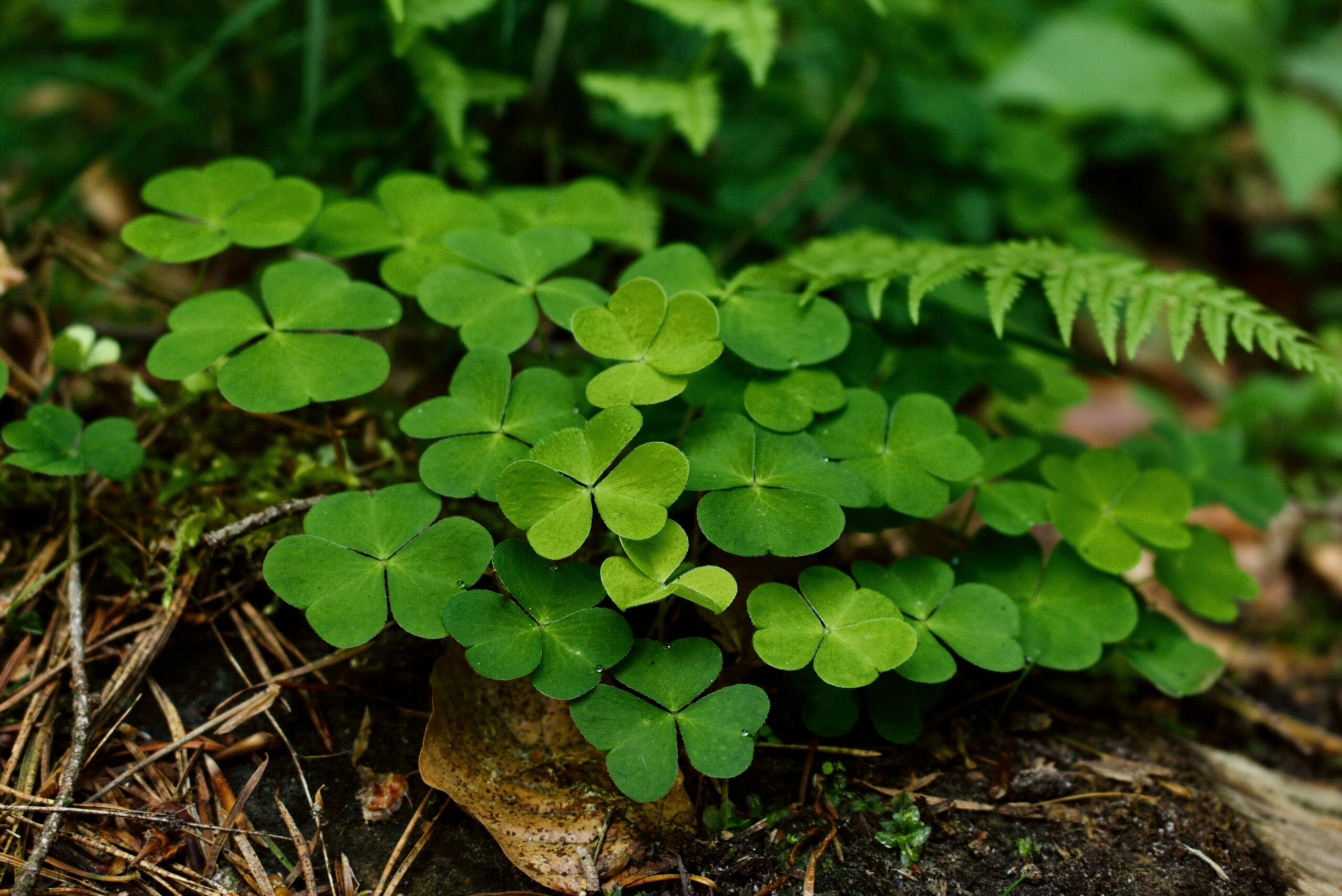
Weeds are often the bane of gardeners, landscapers, and homeowners alike, as they can quickly overrun a garden, competing with cultivated plants for nutrients, water, and sunlight. Understanding the types of weeds and how to identify them is crucial for maintaining a healthy garden. This article provides a comprehensive guide to the different types of weeds, their impact on gardens, and effective methods for controlling them.
Weeds are plants that grow where they are not wanted, often in competition with cultivated plants. They can be found in gardens, lawns, and agricultural fields. While some weeds are harmless, others can be invasive and detrimental to the health of desired plants. Weed identification is essential for effective garden management, as it allows gardeners to tailor their control strategies to specific types of weeds.
Weeds are generally defined as plants that are considered undesirable in a particular situation. They are often robust and adaptable, capable of thriving in a variety of conditions. Weeds can be classified into three main categories based on their life cycle: annuals, biennials, and perennials. Each type requires different management techniques to control their growth and spread.
Annual weeds complete their life cycle in one growing season, from germination to seed production. They are typically fast-growing and can quickly dominate a garden if not controlled. Common examples include crabgrass and chickweed. To manage annual weeds, it is important to prevent them from seeding by removing them early in their growth cycle.
Biennial weeds take two years to complete their life cycle. In the first year, they grow leaves and build up energy reserves. In the second year, they flower, produce seeds, and die. Thistle and burdock are examples of biennial weeds. Control methods include cutting back the foliage in the first year to deplete the plant’s energy reserves.
Perennial weeds live for more than two years and can reproduce through seeds and vegetative means such as roots or rhizomes. They are often the most challenging to control due to their persistent nature. Dandelions and bindweed are common perennial weeds. Effective control requires removing the entire root system, often necessitating repeated efforts.
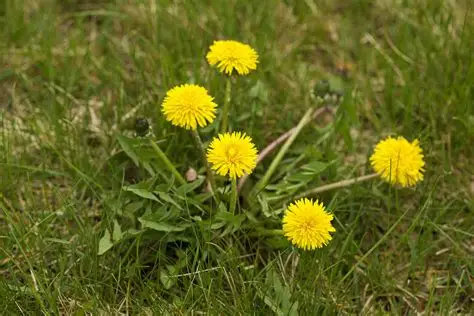
Dandelions are easily recognizable by their bright yellow flowers and fluffy seed heads. They have a deep taproot, making them difficult to remove completely. Regularly mowing and removing the flowers before they seed can help control their spread.
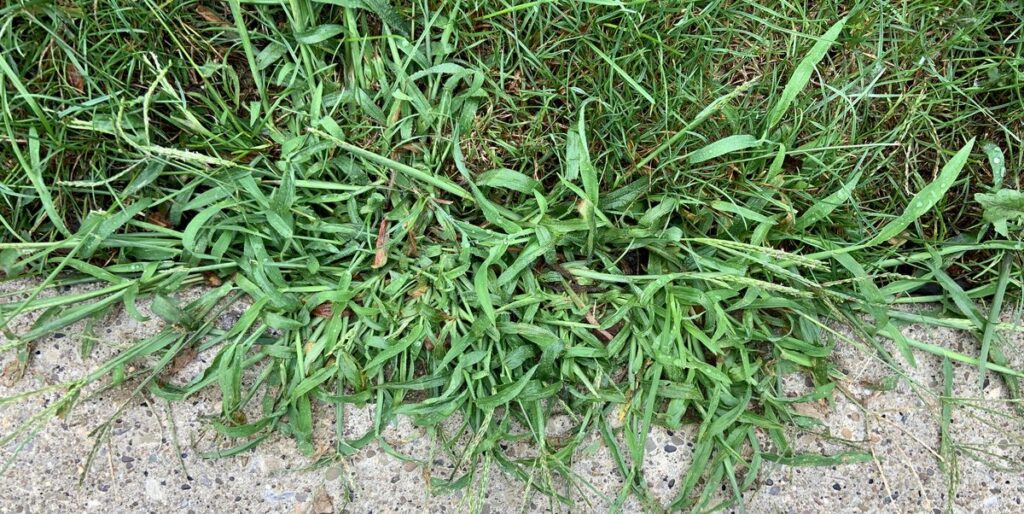
Crabgrass is a common annual weed that thrives in warm conditions. It has a distinctive low-growing habit with wide, flat blades. Preventing its spread involves maintaining a healthy lawn with proper mowing and fertilization to outcompete the weed.
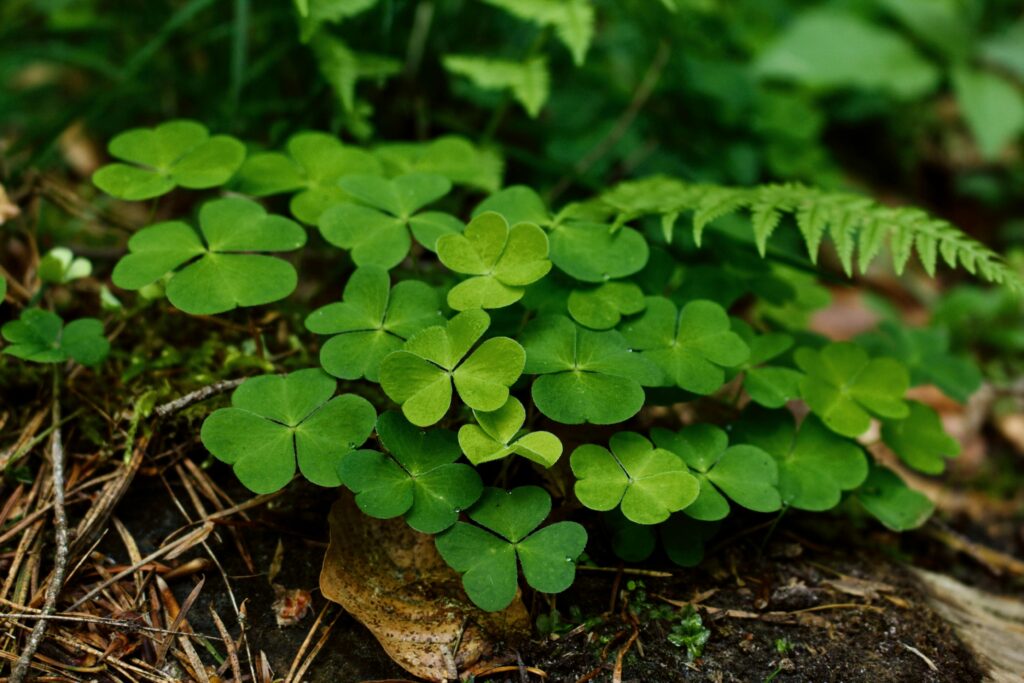
Clover is a perennial weed that can fix nitrogen in the soil, which may be beneficial in some contexts but undesirable in others. It has trifoliate leaves and small white or pink flowers. Regular mowing and adjusting soil fertility can help manage clover.
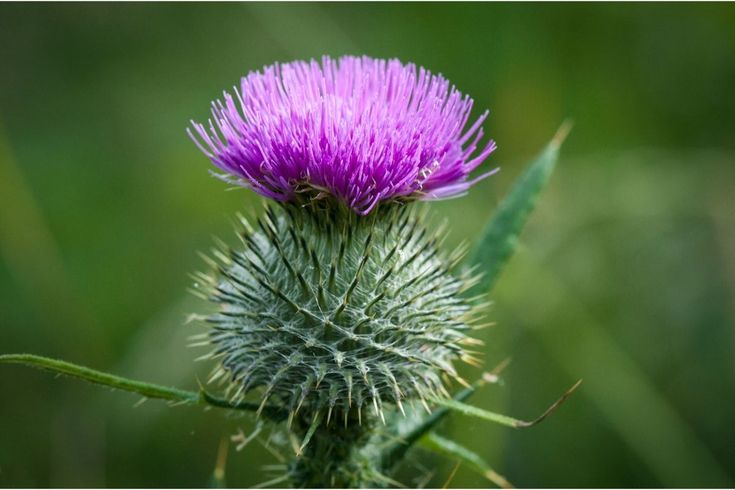
Thistles are biennial weeds known for their sharp spines and purple flowers. They can be controlled by cutting the plants before they flower and produce seeds, as well as by removing the root system.
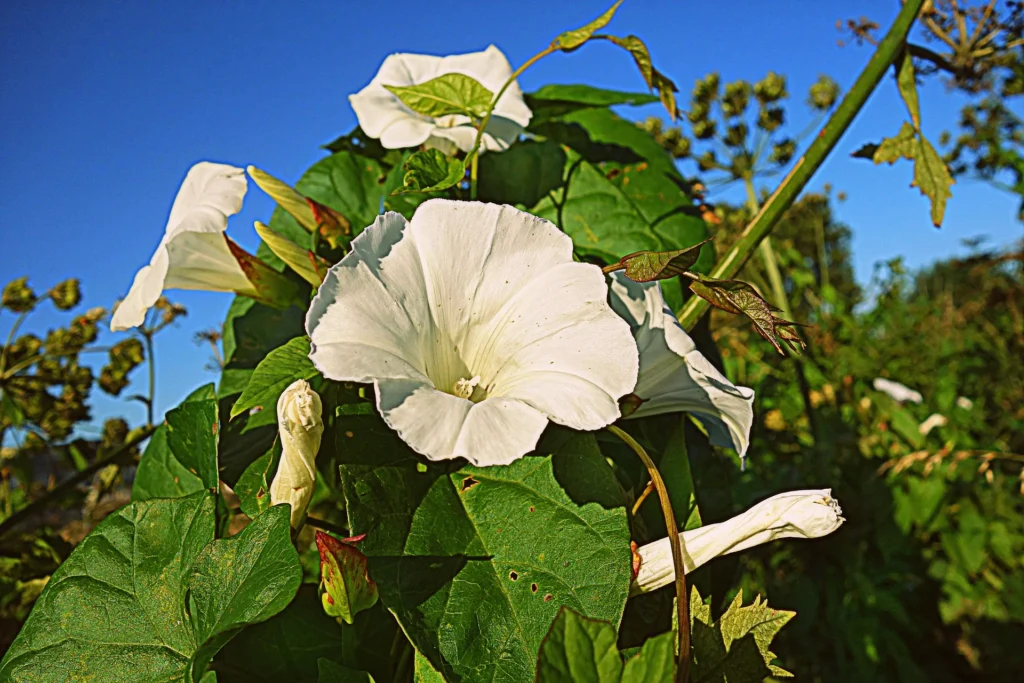
Bindweed is a perennial weed with white or pink funnel-shaped flowers. It can quickly overtake garden plants due to its twining habit. Effective control involves persistent removal of the roots and stems.
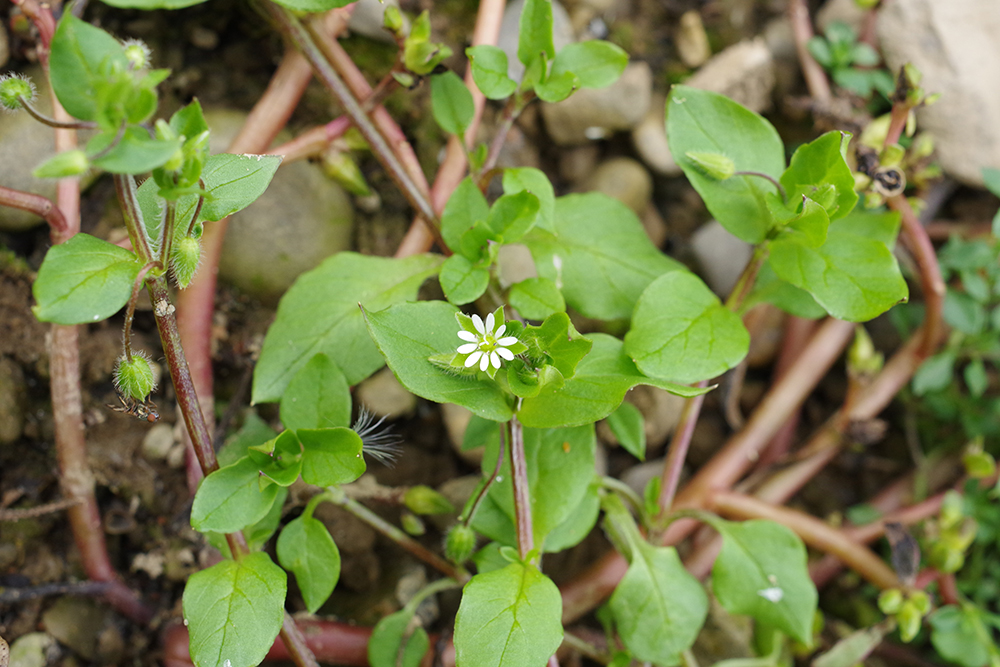
Chickweed is a low-growing annual weed with small white flowers. It thrives in cool, moist conditions. Hand-pulling and mulching can help prevent its spread in gardens.
Weeds can have a significant impact on garden health by competing with desired plants for resources. They can reduce crop yields, harbor pests and diseases, and alter soil conditions. Understanding the specific impact of different types of weeds is essential for developing effective management strategies.
Manual removal involves physically pulling weeds from the soil. This method is effective for small infestations and can prevent weeds from seeding. It is important to remove the entire root to prevent regrowth.
Mulching involves covering the soil with organic or inorganic materials to suppress weed growth. It helps retain soil moisture, regulate temperature, and prevent light from reaching weed seeds. Mulching is an effective, environmentally friendly method for controlling garden weeds.
Herbicides are chemical solutions used to control weeds. They can be selective, targeting specific types of weeds, or non-selective, affecting all plant life. While effective, herbicides should be used judiciously to minimize environmental impact and avoid harming desired plants.
Understanding the types of weeds and their characteristics is crucial for effective garden management. By identifying and controlling common weeds such as dandelion, crabgrass, and clover, gardeners can maintain healthy, productive gardens. Employing a combination of manual removal, mulching, and judicious use of herbicides can effectively manage weed populations and protect garden health.